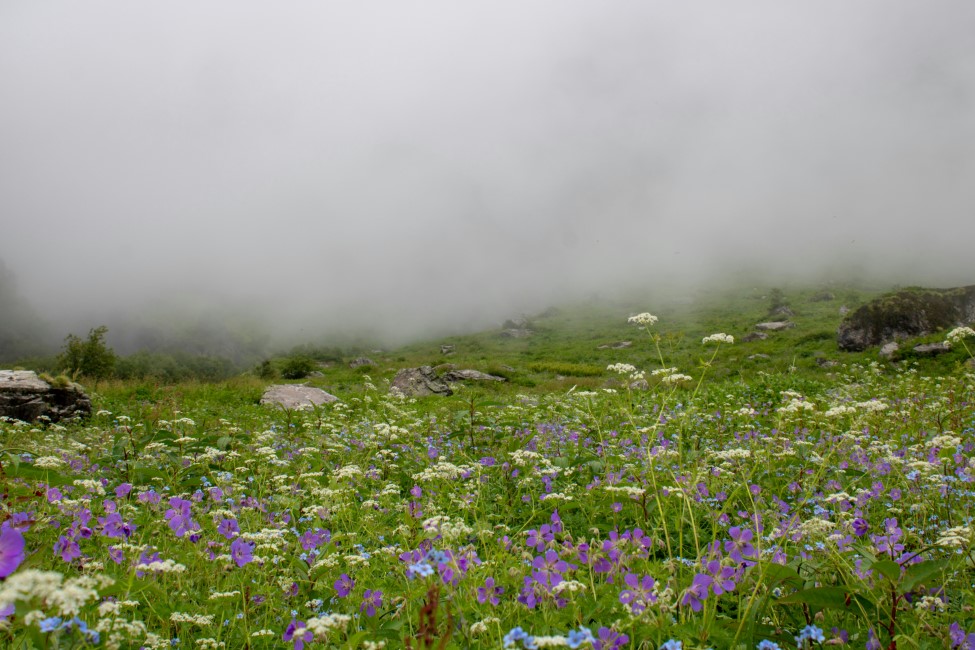Uttarakhand is a diverse Himalayan state filled with spiritual towns, sacred rivers, high-altitude treks, and serene hill stations. Following these essential do’s and don’ts will help you travel respectfully, safely, and more meaningfully across this sacred and scenic region.
1. Dress Modestly at Temples
Why read this: Uttarakhand is home to revered pilgrimage sites where modesty is valued.
Do: Cover your shoulders and knees while visiting places like Kedarnath, Badrinath, and Haridwar.
Don’t: Wear shorts, sleeveless tops, or revealing clothes in temples or near ghats.
Final tip: Carry a light scarf or shawl for quick coverage during spontaneous temple visits.
2. Respect Ganga Aarti and Local Rituals
Why read this: Religious ceremonies in Rishikesh and Haridwar are sacred and require decorum.
Do: Observe in silence, stay seated, and participate respectfully if invited.
Don’t: Click photos during aarti without permission or interrupt rituals.
Final tip: Turn off your flash and mobile sound near prayer areas.
3. Prepare for High Altitude Travel
Why read this: Destinations like Auli and Kedarnath lie at high elevations where AMS is a risk.
Do: Acclimatize gradually, drink lots of water, and eat light meals.
Don’t: Rush your trek or ignore symptoms like headache or nausea.
Final tip: Consult a doctor before your trip if you have heart or lung conditions.
4. Travel Responsibly in Eco-sensitive Zones
Why read this: Uttarakhand’s fragile mountain ecology needs traveler cooperation.
Do: Use eco-stays, carry refillable bottles, and dispose of trash responsibly.
Don’t: Litter in forests, on trails, or in rivers.
Final tip: Even biodegradable waste (like fruit peels) should be packed out.
5. Book Early During Peak Seasons
Why read this: Summer, Char Dham Yatra, and winter snowfall bring large crowds.
Do: Reserve hotels, taxis, and permits in advance during May–June and October.
Don’t: Expect availability at the last minute in Nainital, Auli, or Mussoorie.
Final tip: Consider weekdays or shoulder seasons for a quieter experience.
6. Hire Licensed Local Guides
Why read this: Many trails and shrines lie in remote zones where local help is invaluable.
Do: Book certified guides for treks, temple routes, and cultural tours.
Don’t: Trust unregistered touts or fake agencies.
Final tip: Ask for ID or credentials before confirming any booking.
7. Use Reliable Transport Options
Why read this: Uttarakhand’s terrain includes steep, narrow, and landslide-prone roads.
Do: Use government buses, shared jeeps, or pre-booked taxis through verified operators.
Don’t: Drive at night or rely on unknown private drivers.
Final tip: For high mountain zones, always ask locals about the safest current route.
8. Be Respectful of Local Communities
Why read this: People in hill regions live closely connected to tradition and nature.
Do: Greet locals with “Namaste,” accept offerings with your right hand, and ask before photographing.
Don’t: Enter homes or religious sites without invitation or behave loudly in quiet areas.
Final tip: Supporting local shops and homestays benefits communities directly.
9. Stay Safe During Monsoon Season
Why read this: Rainfall between July and September can trigger floods or landslides.
Do: Check weather and road conditions before setting out and carry rain gear.
Don’t: Trek or drive during heavy rain or on damaged trails.
Final tip: Always keep buffer days in your itinerary during monsoon months.
10. Avoid Polluting Sacred Rivers
Why read this: Rivers like the Ganga and Yamuna are deeply spiritual and ecologically vital.
Do: Keep a respectful distance during rituals and dispose of offerings properly.
Don’t: Bathe using soap, throw plastic, or enter the water in unsafe areas.
Final tip: Participate in clean-up drives or donate to river conservation initiatives.

